A MINISTRY WITHOUT A MINISTER
The epilogue to the Haifa case offers a good indication of the Environmental Ministry's second-class status from 1990 to 1992. Only after a legal action was brought by a new public-interest environmental law group—Adam Teva V'din, the Israel Union for Environmental Defense—against the Prime Minister[37] did the government decide to adopt Harari's recommendations. The press declared it an environmental victory. At least publicly, environmentalists were less than jubilant, gloomily calling Haifa's air a symptom of a Ministry without a Minister.[38] It would take another Supreme Court petition,[39] but in April 1992, three years after Miloh had originally signed them into law, the amendments to the personal decrees were published.[40] It was worth the wait. Harari's com-promise formula proved efficacious. Haifa's air quality quickly improved, and levels never again came near the perilous concentrations that charac-terized the late 1980s.[41]
The Ministry, however, was not in good shape. In Jerusalem alone, its workers were scattered across three different offices in as many neigh-borhoods. The budget had grown but was still meager. The general scarcity was especially acute in the operations of the six regional offices. In a typical example, one staffer was responsible for overseeing industrial pollution for the entire northern quarter of Israel. The Ministry could not provide him with a vehicle. Gasoline funding in the budget could barely pay for the trip from his home in the Golan Heights to the Nazareth of-fice. Luckily, his kibbutz believed in his work and bankrolled any travel to the field he had to do.
More embarrassing was the general lack of clout, in particular when it came to enforcing environmental standards. The sewage discharges into the Kinneret Lake during 1991 and 1992 were illustrative. After the sum-mer of 1990, following three consecutive years of low rainfall, the scenic boardwalk of the City of Tiberias sat high above the lake's low waterline. Limnologists at the Kinneret laboratories were stunned in January 1991 when they spotted a serious leak in a sewage pipeline from the tourist es-tablishments; it was jutting right above the waters.[42] Raw wastes were pouring into the national drinking-water reservoir.
The scientists spoke to Tiberias Mayor Josef Peretz, who claimed that he lacked funds for the substantial repairs required. By April 1991,
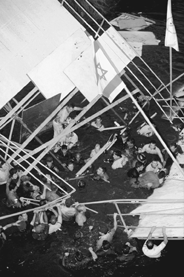
Figure 1. Rescuers seeking Australian athletes in the Yarkon River after the col-lapse of the bridge in the Maccabiah's opening ceremonies, 1997. Image appears courtesy of the Government Press Office.
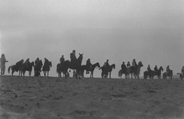
Figure 2. Bedouin herdsmen, circa 1940. Image appears courtesy of the Government Press Office.
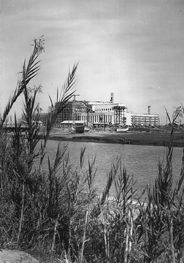
Figure 3. The Reading Power Plant alongside Tel Aviv's Yarkon River, under construction, 1937. Image appears courtesy of JNF Archives.
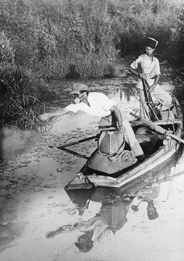
Figure 4. First spraying against malaria in the Sharon Valley, circa 1940. Image appears courtesy of JNF Archives.
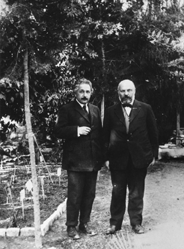
Figure 5. Menahem Ussishkin hosting Professor Albert Einstein in Palestine at JNF nursery, 1940. Image appears courtesy of JNF Archives.
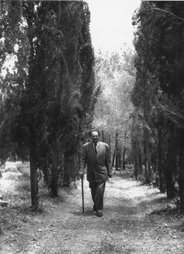
Figure 6. “Father of the Trees” Yosef Weitz inspects JNF forest, 1953. Image appears courtesy of JNF Archives.
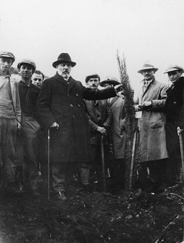
Figure 7. Ussishkin and Weitz at JNF tree-planting ceremony at JNF nursery, circa 1935. Image appears courtesy of JNF Archives.
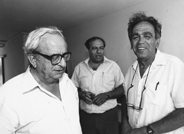
Figure 8. Amotz Zahavi, the SPNI's indefatigable founding director and later zoology professor (right), chatting with Israel's President Yizhak Navon. Image appears courtesy of SPNI Archives.
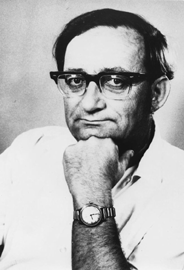
Figure 9. Azariah Alon, the SPNI's “trumpet” and most elo-quent spokesman for nature in Israel. Image appears courtesy of SPNI Archives.
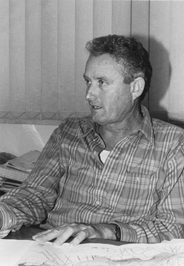
Figure 10. Yoav Sagi, first Director and later Chair of the SPNI's Nature Protection Department. Image appears courtesy of SPNI Archives.
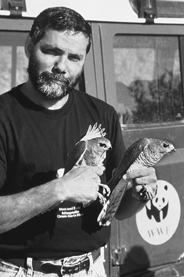
Figure 11. Yossi Leshem, SPNI leader and bird advocate extraordinaire, circa 1997. Image appears courtesy of Yossi Leshem.

Figure 12. Dr. Uzi Paz, who lobbied to get the Natures Reserve Authority through the Knesset and became NRA's first director. Image appears courtesy of Uzi Paz.
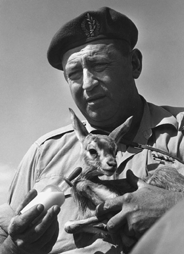
Figure 13. General Avram Yoffe, who waged war for Israel's nature reserves and won. Image appears courtesy of David Rubin.
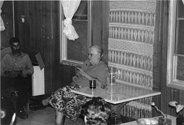
Figure 14. Dr. D'vora Ben Shaul, who came all the way from Texas to be the NRA's first woman employee and first scientist (1999). Image appears courtesy of Jocelyn Sheffer.
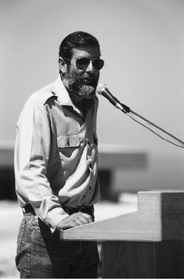
Figure 15. Dan Perry, NRA director and lifelong nature advocate. Image appears courtesy of Dan Perry.

Figure 16. Hyrax, indigenous desert species. Image appears courtesy of the Government Press Office.
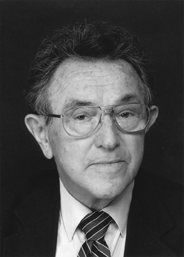
Figure 17. Professor Hillel Shuval, member of the Ministry of Health's original “sanitation” team and water quality advocate. Image appears courtesy of Professor Shuval.
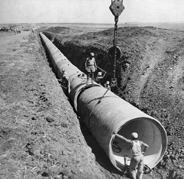
Figure 18. Laying pipes for the Yarkon-Negev water carrier, 1954. Image appears courtesy of the Zionist Archives.
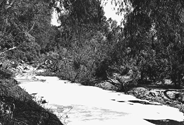
Figure 19. A polluted stream leading to the Palmahim beach, circa 1974. Image appears courtesy of Government Press Office.
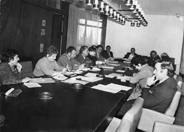
Figure 20. Josef Tamir presiding over the first meeting of the Knesset's Interior and Environment Committee, 1972. Image appears courtesy of Josef Tamir.
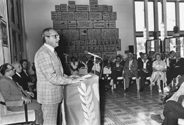
Figure 21. At Environmental Day in 1972, hosted by Israel's President Katzir; Green Parliament member Josef Tamir speaking. Image appears courtesy of Josef Tamir.
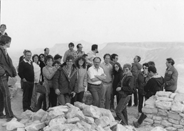
Figure 22. Israel's Environmental Protection Service on a field trip to Mitzpeh Ramon, 1982. The director, Uri Marinov, is at far right. Image appears courtesy of Liora Belkin.
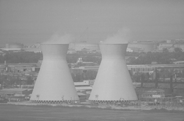
Figure 23. The Haifa Oil Refineries, site of the first major government action. Image occurs courtesy of the Government Press Office.

Figure 24. Ronni Miloh, Israel's first Minister of the Environment. Image appears courtesy of the Government Press Office.
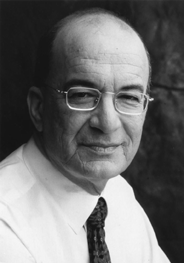
Figure 25. Yossi Sarid, unlikely Green icon as Environmental Minister. Image appears courtesy of Sarid and his Meretz Party.
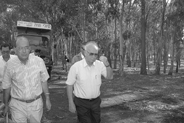
Figure 26. Minister of the Environment Yossi Sarid (left) lobbying Prime Minister Yitzhak Rabin in the field, 1995. Image appears courtesy of the Government Press Office.
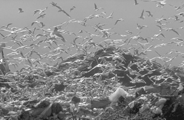
Figure 27. The Hiriyah garbage dump—not only a source of water pollution, odors, and periodic fires, but also a real danger to incoming planes because of the concentrations of birds it attracts, 1980. Image appears courtesy of the Government Press Office.
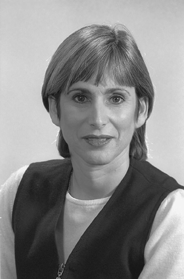
Figure 28. Nehama Ronen, who ran the Ministry of the Environment as Director-General, 1996–1999, declaring her candidacy for the Knesset in a new “green” party. Image appears courtesy of Nehama Ronen.
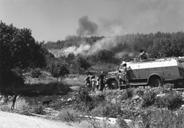
Figure 29. Firefighting efforts in JNF forest, 1974. Image appears courtesy of JNF Archives.

Figure 30. Prime Minister Levi Eshkol visiting Beit Ja'an, circa 1966. Image appears courtesy of the Government Press Office.

Figure 31. Bedouin shepherds outside Beer Sheva's bus station seeking pastures. Image appears courtesy of the Government Press Office.
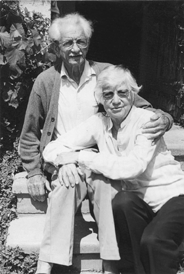
Figure 32. Herschell and Shirley Benyamin, EcoNet's tireless crusaders, 1998. Image appears courtesy of the Benyamins.
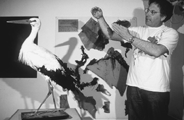
Figure 33. Reuven Yosef, saving Eilat's bird habitat, with Levna sparrowhawks, 1998. Image appears courtesy of Reuven Yosef.
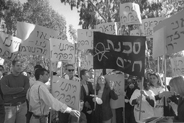
Figure 34. A rally by activists protesting against inappropriate treatment of medical wastes in Modi'in's municipal landfill, 1999. Image appears courtesy of the Government Press Office.
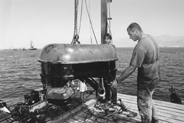
Figure 35. Elli Varberg, head of the marine pollution prevention station at Eilat, inspecting equipment after Aqaba cleanup, 1995. Image appears courtesy of Varberg.
Eventually, word of the pollution got out. Adam Teva V'din sent letters to the Mayor and government authorities demanding action. When copies reached the press, it reported the case.[45] Things suddenly began to move, but only after the City received one million shekels to undertake the work. The Mayor was eventually indicted,[46] but soon after construction of the pipes commenced, the District Attorney canceled the suit without even bothering to consult the Ministry of the Environment.[47] For two years, the Ministry of the Environment and its Deputy Minister had sat by impo-tently as Israel's largest single source of drinking water was being poi-soned. The Mayor's flippant assumption that the environment was not really a serious matter was confirmed by the District Attorney's com-plicity. It was demoralizing.
The case was not exceptional. It took just as long to convince Israel's Attorney General to prosecute Rafi Hochman, the Mayor of Eilat (the re-sort city on the Red Sea). The farmers in the area were willing to use the city's wastes for irrigation but could not afford the cost of the treated water. For its part, the city was unwilling to pay the expense, estimated at somewhat less than one-hundred thousand dollars a year. Hochman dis-charged his city's sewage into the Red Sea, upstream from his hotel dis-trict, without a permit. Then he openly taunted the Ministry of the Environment in the press to do something about it. The Eilat sewage suit survived a bit longer than the Tiberias legal action,[48] but the judge was openly hostile to the prosecution. After work began on a pipeline to take the treated wastes to the fields of the neighboring kibbutzim, the indict-ment was buried by the legal authorities.